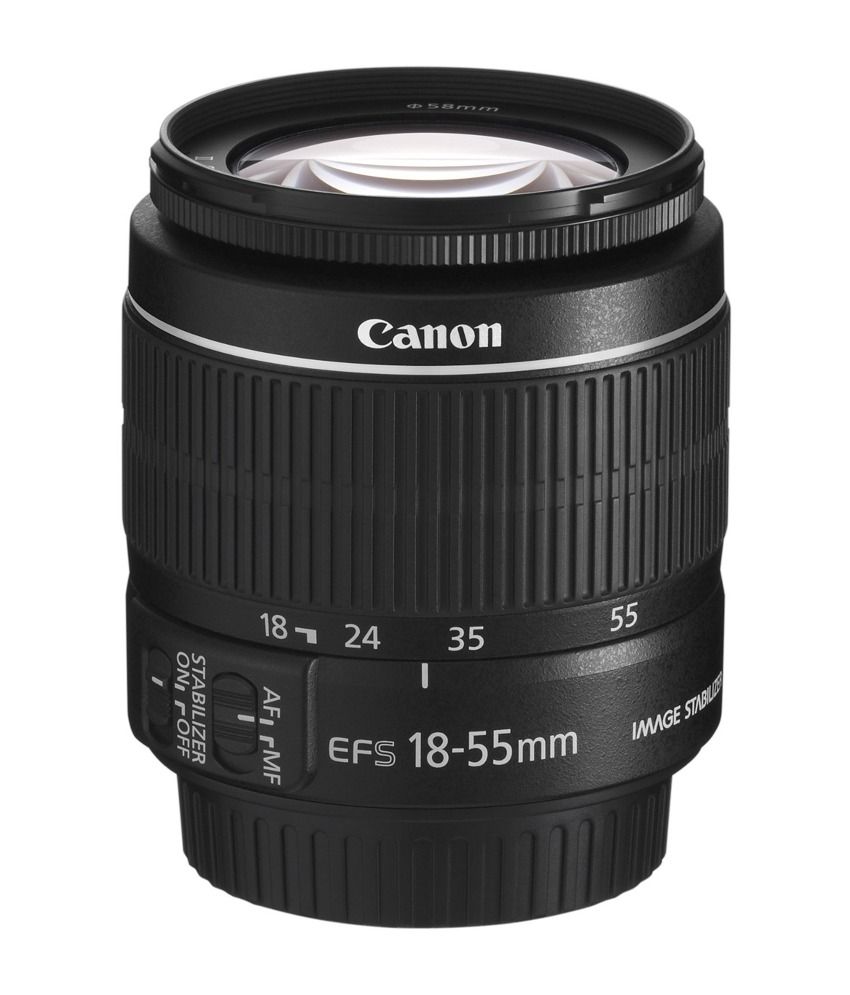

These apertures are also harder to use when hand-holding a camera, as the smaller the aperture the longer the shutter speed you need – and at some point you simply won't be able to hold it steady enough to produce a sharp image. Small apertures, meanwhile, can make an effect known as diffraction more prominent, which also has a softening effect on images. The aperture is the hole in the middle of the lens, made up of rotating blades that open to let in light when you press the shutter. While focal length itself refers to the field of view of a lens, f-stop is about how much light you allow to hit the sensor via the aperture opening. Particularly wide apertures can also be tricky to use in bright conditions, as your camera may not be able to use a fast enough shutter speed to keep everything exposed correctly, which leads to overexposed images (unless you use an ND filter). The f in f-stop stands for the focal length of the lens. Wide apertures are great for isolating subjects from their backgrounds, but images can be softer at these settings due to an effect known as spherical aberration. For this reason, if you set up 3. There are issues with using both very small and very wide apertures, so you need to judge this from scene to scene to understand which setting is most appropriate. The maximum aperture (minimum f stop) of your lens is different at different lenghts.
SELECT THE RIGHT ZOOM LENS MM F STOP HOW TO
Read more: Cheat sheet: How to affect depth of field Make sense, right One hundred (F) divided by (/) four (STOP) equals an area of 25mm.

Remember: A big f-stop number means a small opening and a small f. This scale is measured in numbers and can be as low as f/1.2 or f/1.4 or as high as f/22 (or even higher on certain cameras). Depth of field does, however, also depend on other factors, such as where you focus in the scene. So, for example, in nice round numbers, the area of the aperture opening on a 100mm lens at F/4 is 25mms. The f-stop setting you choose will have an impact on the amount of light that is let into your camera lens and will also determine the depth of field. Panasonic LUMIX G 14mm f/2.5: 198 Small and light, this 28mm. Depth of field concerns the extent to which different areas in the scene are rendered in focus, and a photographer will typically use a medium or small aperture to achieve more definition throughout. Panasonic Lumix G 25mm f/1.7: 148 Only half a stop slower than the Summilux 25mm f/1.4, this lens is also four times cheaper. For example from Canon it’s the EF 50mm f/1.8, from Sony (Minolta) it’s the 50mm f/1.7, from Nikon it’s the 50mm f/1.8 D. F-Stop is also commonly known as: F Number. By looking at the current f-stop listed, you can quickly get an idea of how much light you’re allowing in, and how much depth of field you will have in your image. Whichever mode you use, changing aperture has an effect on depth of field. With focal lengths between 8. The f-stop refers to the aperture opening of the lens through which light can pass to the sensor or film. Opening up, meanwhile, means doing the opposite. Ever hear these terms? Stopping down the lens or aperture simply means to make the aperture smaller, such as from f/8 to f/11.


 0 kommentar(er)
0 kommentar(er)
